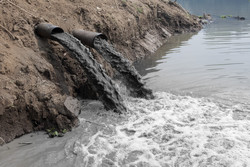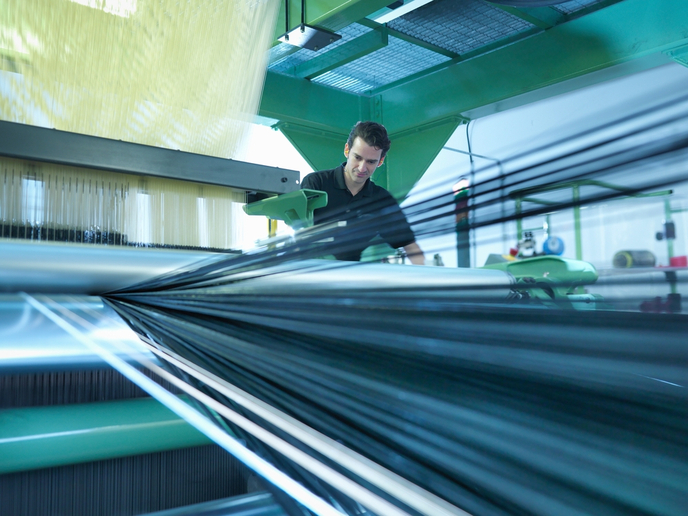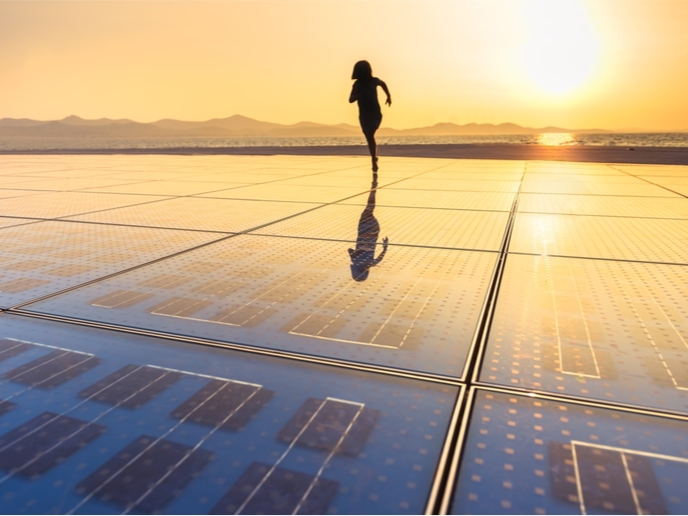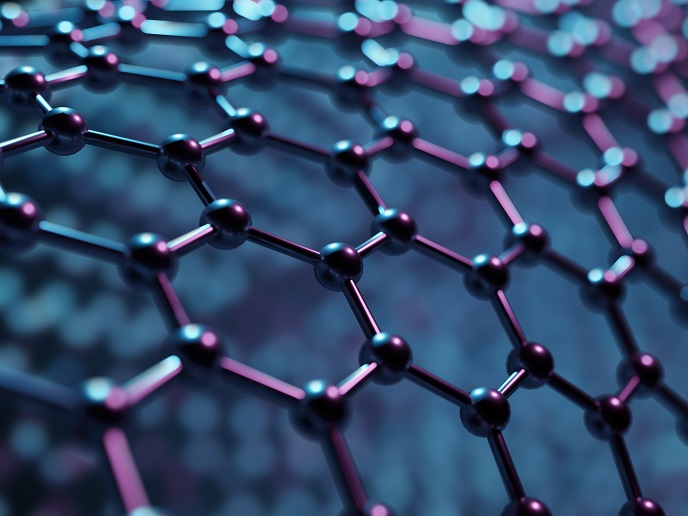Electrical treatment can clean contaminated environments
'Electrokinetic' (EK) transport processes are a new technology that uses low direct current to clean soils and waste. The technique removes certain elements from the environment and has applications such as soil remediation, waste treatment and nutrient recovery. The EU-funded ELECTROACROSS (Electrokinetics across disciplines and continents: An integrated approach to finding new strategies to sustainable development) initiative supported electrokinetics research across Europe. The project investigated using EK for nutrient recovery, remediation of organic and inorganic pollutants, and the restoration of salt-damaged buildings. Researchers developed a new method for removing valuable waste phosphorus from wastewater by coupling EK with nanofiltration. They also tested whether EK could remove contaminants such as pesticides and heavy metals from soil and sewage sludge. In general, a combination of EK and electrodialysis treatment successfully decontaminated the samples. The team showed that this process could be used to restore and desalinate tiles and other building materials to extend their lifespan. Lastly, EK works well to decontaminate plastic and phenol waste in combination with nanotechnological cleaning agents. Soil remediation and the recovery of various contaminants from wastes is an increasingly important part of sustainable development. ELECTROACROSS has harnessed an exciting new technology to achieve this goal.
Keywords
Electrokinetic transport, contaminating chemicals, environment, soil remediation, waste treatment







